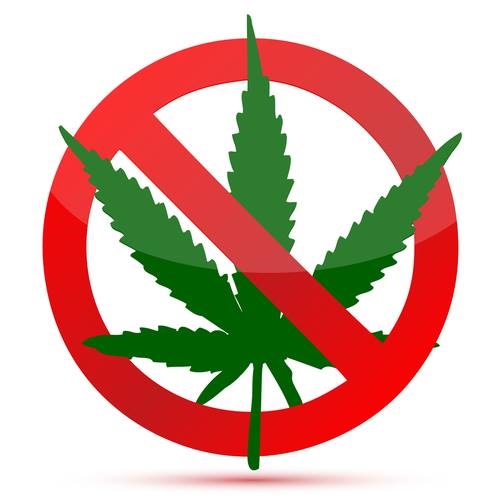The Centennial Institute at Colorado Christian University commissioned this study to better understand the economic and social costs of legalized marijuana. While much has been written about the tax revenue and total sales generated from commercial marijuana, there has been little research to understand how Coloradans are paying to mitigate the consequences of commercial marijuana.
No matter where you stand in the marijuana legalization debate, having more information is critical to making the best decisions for the future of Colorado and our nation. This report is an important first step in giving researchers and policymakers a sense of the breadth of costs associated with commercial marijuana. Furthermore, it’s clear from the report that much more information is needed to fully understand the social costs associated with commercial marijuana.
The bad news is that the costs associated with commercial marijuana are only going to go up as the long-term health consequences have not been fully determined. Like tobacco, commercial marijuana is likely to have health consequences that we won’t be able to determine for decades. Those costs are not configured in this report.
This report is fair in presenting the economic benefits of commercial marijuana to Colorado including reporting tax revenue, jobs, and overall sales. It is contrasted with the economic and social costs of commercial marijuana, which took a very cautious approach in determining costs. Bottom line, the economic and social costs in this report are intentionally low and the comprehensive costs are likely much higher.
Here are the important findings from this report:
For every dollar gained in tax revenue, Coloradans spent approximately $4.50 to mitigate the effects of legalization
Costs related to the healthcare system and from high school drop-outs are the largest cost contributors
While people who attended college and use marijuana has grown since legalization, marijuana use remains more prevalent in the population with less education
Research shows a connection between marijuana use and the use of alcohol and other substances
Calls to Poison Control related to marijuana increased dramatically since legalization of medical marijuana and legalization of recreational marijuana
About 15 people are severely burned as a result of marijuana use per year
People who use marijuana more frequently tend to be less physically active, and a sedentary or inactive lifestyle is associated with increased medical costs
Adult marijuana users generally have lower educational attainment than non-users
Research does suggest that long-term marijuana use may lead to reduced cognitive ability, particularly in people who begin using it before they turn 18
Yearly cost-estimates for marijuana users: $2,200 for heavy users, $1,250 for moderate users, $650 for light users
69% of marijuana users say they have driven under the influence of marijuana at least once, and 27% admit to driving under the influence on a daily basis
The estimated costs of DUIs for people who tested positive for marijuana only in 2016 approaches $25 million
The marijuana industry used enough electricity to power 32,355 homes in 2016
In 2016, the marijuana industry was responsible for approximately 393,053 pounds of CO2 emissions
Marijuana packaging yielded over 18.78 million pieces of plastic
The researchers felt strongly that Colorado needs to have an important conversation about the presence of THC in fatal car crashes and suicide and they included these numbers in the report without attaching a monitory value to the loss of life. They pointed out that these are preventable deaths and if we’re serious about stopping THC-related car crashes and suicides, we need to explore these issues further.

